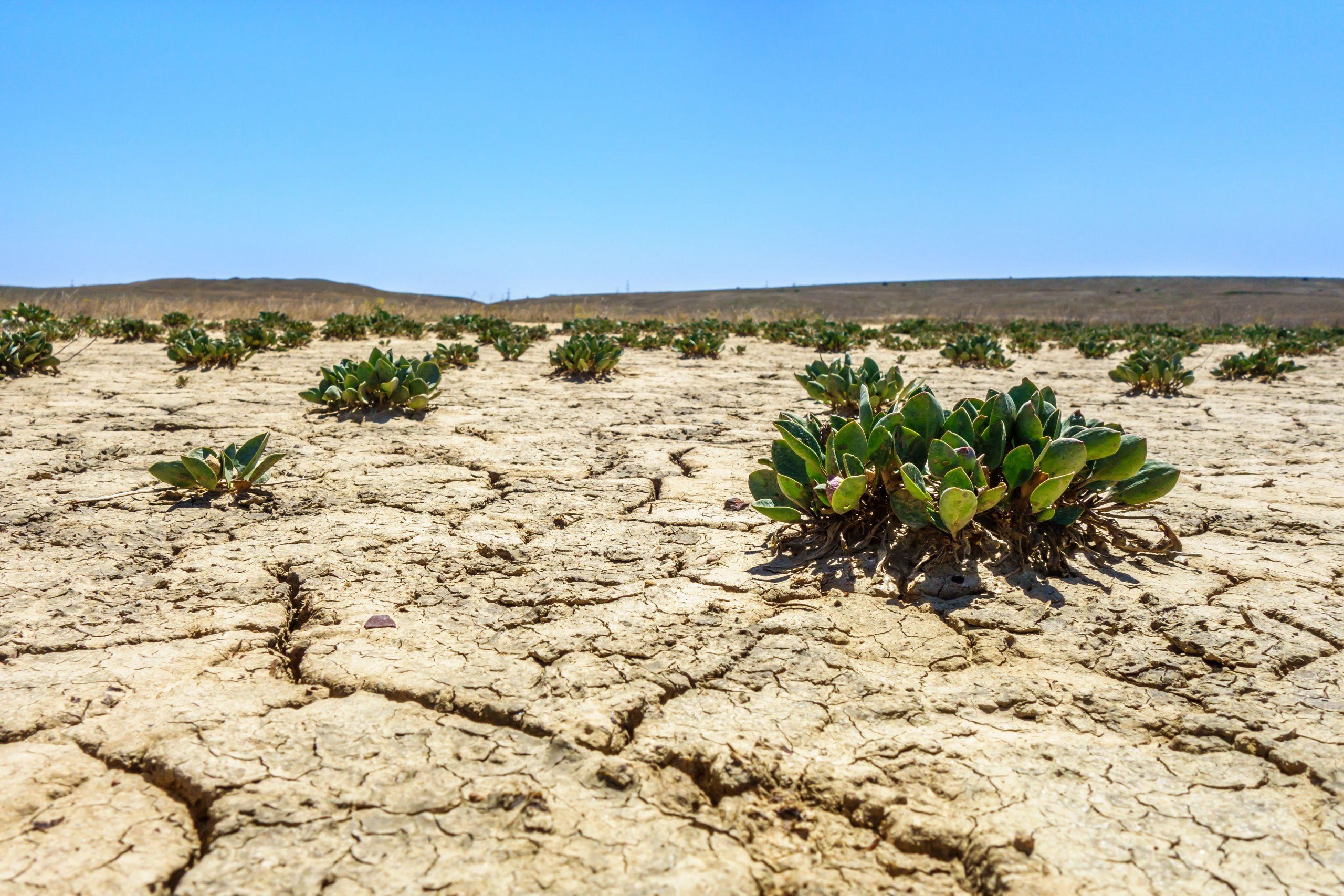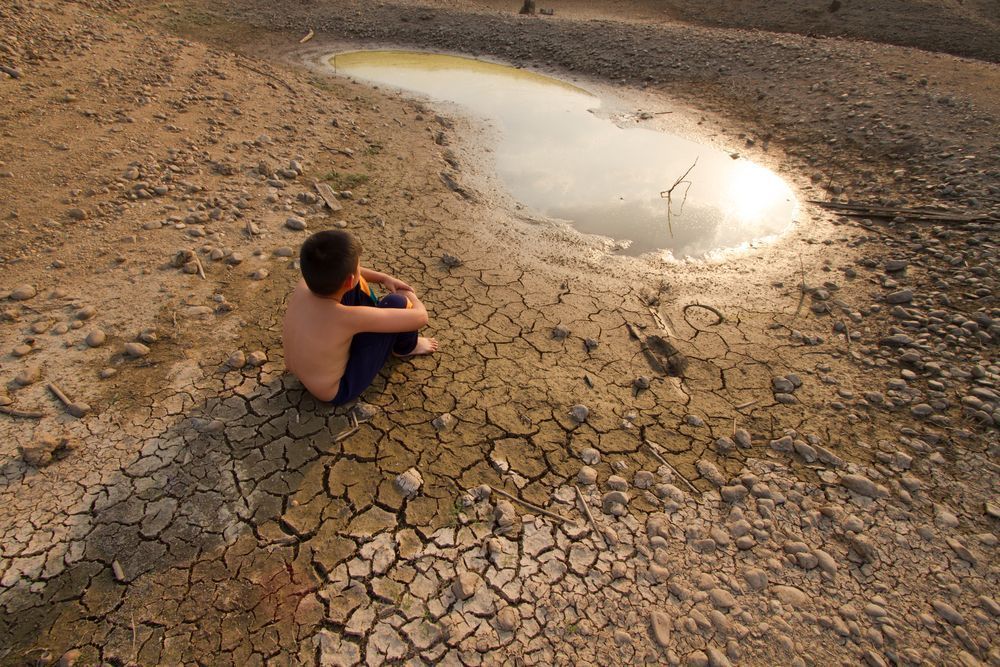Every year, on June 5, the world celebrates International Environment Day. In 2024, it is dedicated to the fight against desertification and land restoration.
EcoPolitic has collected interesting facts about this day, its history and main tasks for its readers.
History of Environment Day
It all started with the Stockholm Conference in 1972, where 113 countries of the world came together to discuss pressing environmental issues. Currently, citizens of more than 150 countries celebrate the Day of Environmental Protection.
At this international forum, the concept of sustainable development, which is currently the most widespread concept of human development, was discussed for the first time. This event became a turning point in the struggle for environmental protection, because it was during the conference in the Swedish capital that the Stockholm Declaration was created, which established 26 principles of environmental protection.
The Human Environment Action Plan, consisting of 109 points, was also adopted. Its implementation was entrusted to a new organization within the UN structure – the United Nations Environment Program (UNEP – United Nations Environment Programme). The Environment Fund was also created. In honor of this conference, the International Day of Environmental Protection – June 5 – was established.
Since then, World Environment Day has been celebrated every year under different mottos that emphasize the most pressing environmental problems.
What is special about International Environment Day in 2024?
This year, the country hosting the World Environment Day is Saudi Arabia. It is dedicated to land restoration, the fight against desertification and droughts. Drought and desertification threaten critical ecosystems across the planet, including freshwater ecosystems and soil, the connective tissue that makes all life on Earth possible.

This year's motto was: "Our land." Our future. We are the #restorationgeneration”.
Interesting facts about the main theme of World Environment Day 2024
- Worldwide, more than 2 billion hectares of degraded land is equivalent to the area of India, Canada, and the United States combined.
- Every year, about 12 million hectares of land are lost due to degradation, which negatively affects the supply of food and water around the world.
- Each year, 55 million people are directly affected by drought, making it the most serious threat to livestock and crops in almost all parts of the world.

- Land degradation affects 3.2 billion people, or 40% of the world's population. It causes disproportionate damage to those least able to cope with it: rural communities, small farmers and the poor.
- Land degradation could reduce global food productivity by 12%, leading to a sharp increase in food prices of up to 30% by 2040.
- By 2030, drought, land degradation and desertification could force 135 million people to migrate as the climate crisis worsens. Land degradation threatens human rights to life, health, food, water and a healthy environment.
Previously, EcoPolitic talked about International Day of Biological Diversity, which is celebrated on May 22.





